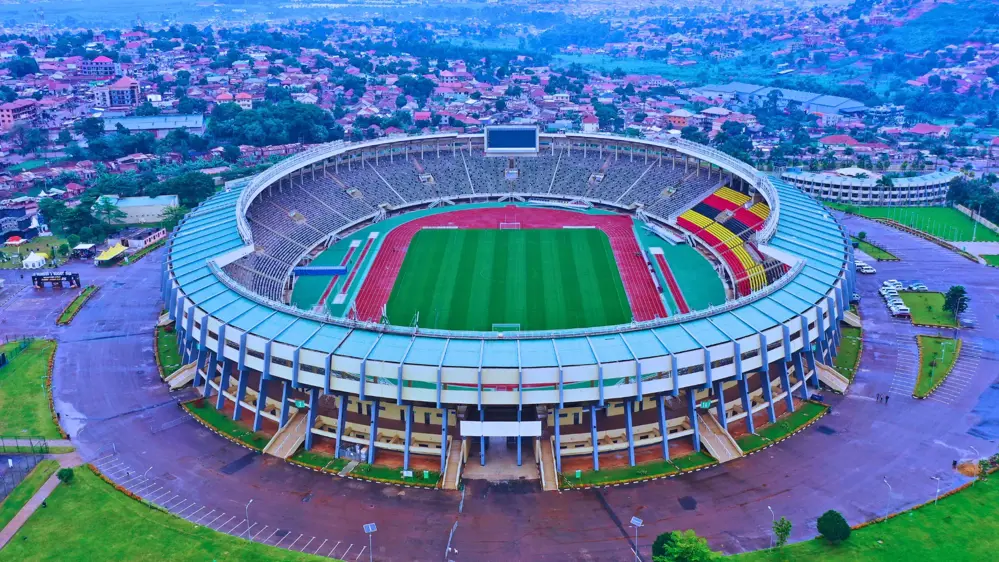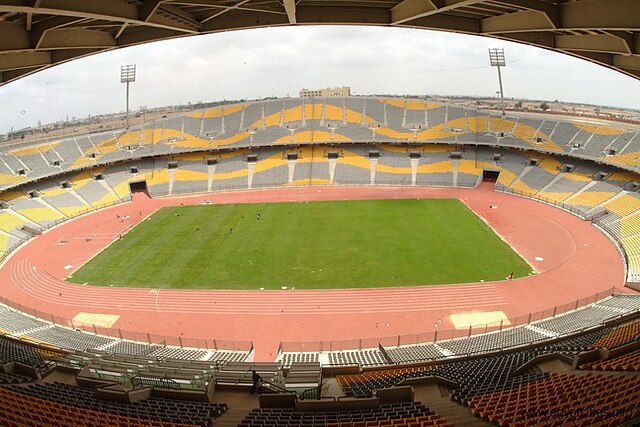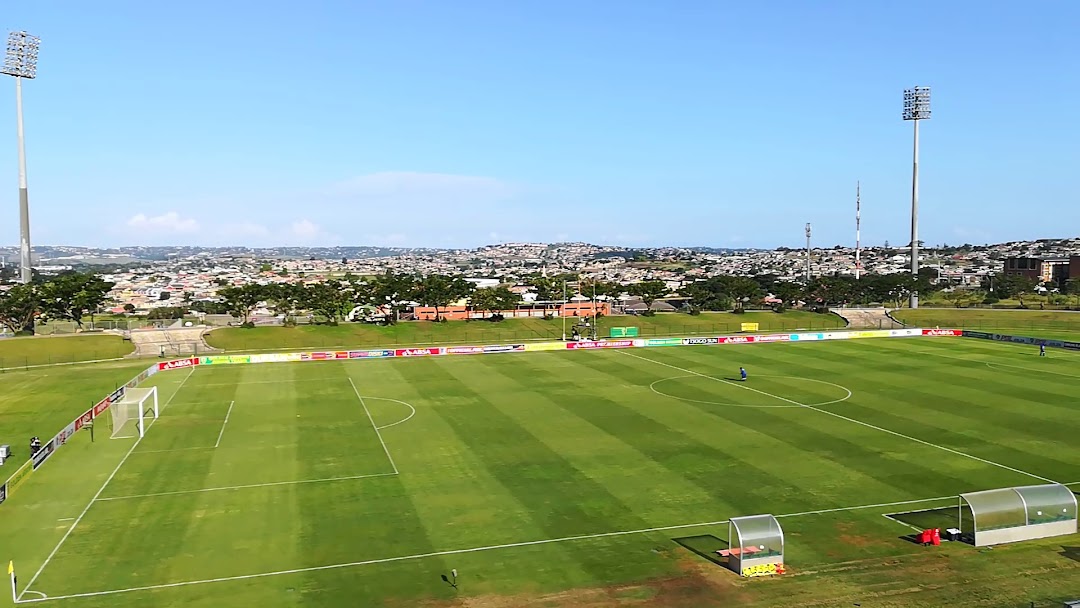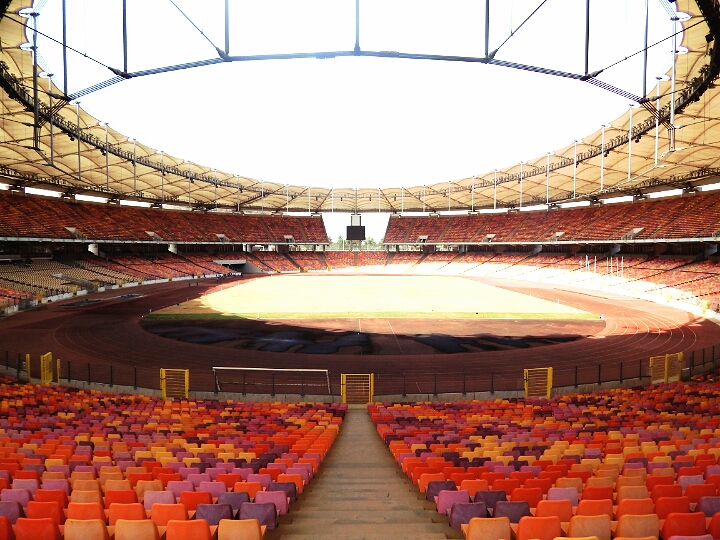Estadio Tomás Adolfo Ducó in Buenos Aires.
Welcome to Buenos Aires, the city of passion and soccer! If you are a soccer fan or just curious about this beautiful sport, then you must visit Estadio Tomás Adolfo Ducó. This is not only a stadium but also an emblematic place where thousands of fans come together to support their favorite teams. In this blog post, we will take a closer look at the history, design, and construction of this famous stadium. Join us as we dive into the heart of Argentine football culture!
Location of the Estadio Tomás Adolfo Ducó
The Estadio Tomás Adolfo Ducó is located in the neighborhood of Parque Patricios, south of Buenos Aires. This area is known for its passion for soccer, and this stadium is one of the main attractions.
The neighborhood has a strong identity as a working-class area with deep roots in Argentinean culture. It’s not only about soccer but also about tango, food, and traditions. A visit to this area can be an excellent opportunity to experience the local lifestyle.
If you are planning to attend a match at Estadio Tomás Adolfo Ducó, there are some things you need to know. The easiest way to get there is by public transportation such as buses or trains. Also, it’s essential to arrive early because traffic can be chaotic on game days.
The location of the stadium contributes significantly to its charm and history!
History
The Estadio Tomás Adolfo Ducó, located in the Parque Patricios neighborhood of Buenos Aires, Argentina, is one of the oldest and most historic football stadiums in the country. The stadium was inaugurated on December 1st, 1940 with a match between Club Atlético Huracán and San Lorenzo de Almagro.
However, before its construction as a football stadium, the site where it now stands was used for various sports such as horse racing and tennis matches. It wasn’t until 1922 that Club Atlético Huracán decided to acquire this land to build their own sports facilities.
In 1939, due to an increase in attendance at games played by Club Atlético Huracán, they decided to build a new stadium capable of holding more spectators. The design was entrusted to architect Antonio Vaccarezza who developed plans that included a capacity for approximately 50 thousand people.
Throughout its history, the Estadio Tomás Adolfo Ducó has witnessed numerous important moments in Argentine football culture including hosting several international matches and being home ground of some legendary players like René Houseman or Carlos Babington.
Though, what makes this stadium so special is not only its rich history but also its timeless architecture which continues to attract fans from all over the world.
What soccer teams play at the Estadio Tomás Adolfo Ducó?
Estadio Tomás Adolfo Ducó is one of the most popular stadiums in Buenos Aires for soccer fans. Several local teams play their matches here, making it an iconic venue for Argentinean football. One of the most well-known clubs that call this stadium home is Club Atlético Huracán.
Founded in 1908, Huracán has a rich history and loyal fan base. Their supporters are known as “El Globo,” which translates to “The Balloon” – a nod to the club’s emblematic symbol.
Other soccer teams that regularly use Estadio Tomás Adolfo Ducó include San Lorenzo de Almagro, Boca Juniors, and River Plate. These three teams also have massive followings who flock to watch them make magic on the field.
The atmosphere inside the stadium during game days cannot be underestimated; it’s electric! The passion from both players and fans creates an unforgettable experience that every sports enthusiast should witness at least once in their lifetime.
Estadio Tomás Adolfo Ducó continues to host some of Argentina’s best football games while welcoming thousands upon thousands of enthusiastic spectators each year.
What other events have taken place at the Estadio Tomás Adolfo Ducó?
It is not only a soccer stadium. It has also hosted other events that have drawn thousands of people to its facilities.
One notable event was the concert of famous Argentine rock band, Los Enanitos Verdes. Their show at the stadium in 1994 attracted over 40,000 fans who sang along to their hits such as “Lamento Boliviano” and “La Muralla Verde.”
In addition, the stadium has also been used for political rallies. In 2001, then-president Fernando de la Rúa held a rally at the Estadio Tomás Adolfo Ducó during his re-election campaign.
Furthermore, cultural events such as art shows and theater performances have taken place within the premises of the stadium. These events showcase different aspects of Argentinian culture and talent while utilizing an unconventional venue like a sports arena.
Estadio Tomás Adolfo Ducó’s versatility is what makes it stand out compared to other stadiums in Buenos Aires. Its ability to host not just sporting events but also concerts and cultural activities proves that it truly caters to everyone’s interests and passions.
Design And Construction
From its humble beginnings as a small wooden stadium to its current state-of-the-art facility, it has come a long way. Its rich history and passionate soccer fans make it one of the most iconic stadiums in Argentina.
Today, the stadium remains an important landmark in Buenos Aires, hosting numerous events throughout the year. Whether you’re a fan of soccer or simply looking to experience Argentine culture firsthand, Estadio Tomás Adolfo Ducó is not to be missed.
As we look back on the design and construction that brought this incredible stadium to life, it’s clear that passion and dedication were key ingredients in its success. And with each passing year, that passion continues to burn bright within the hearts of fans who gather there to cheer on their favorite teams.
So if you find yourself in Buenos Aires anytime soon, be sure to visit Estadio Tomás Adolfo Ducó – you won’t regret it!





